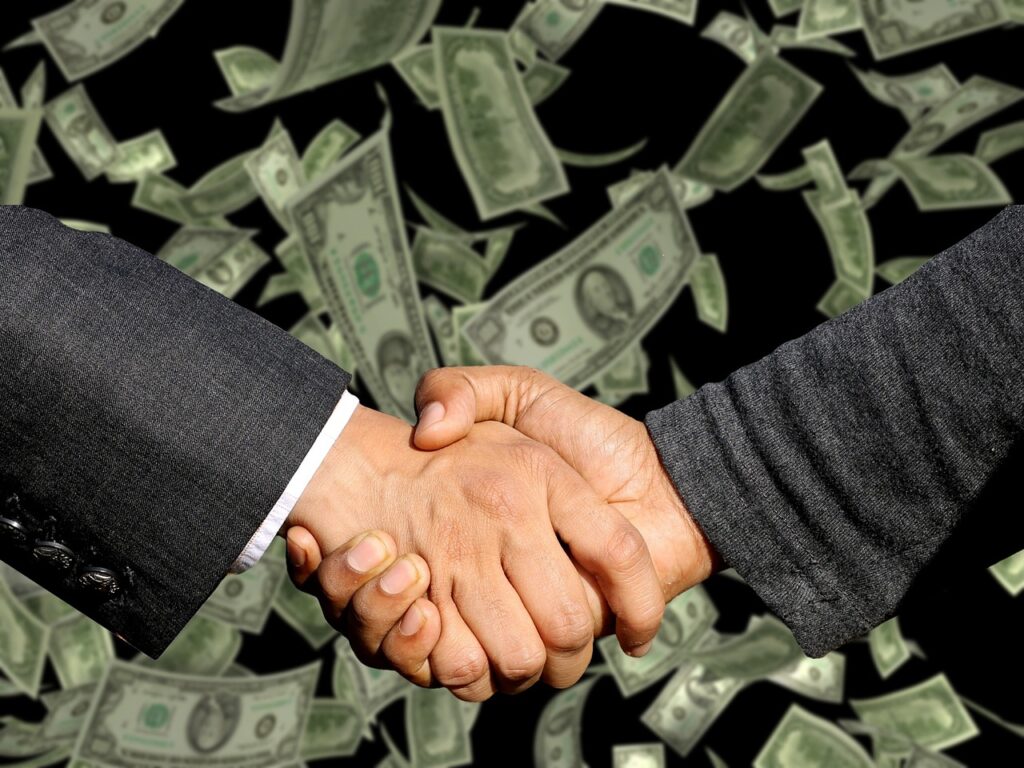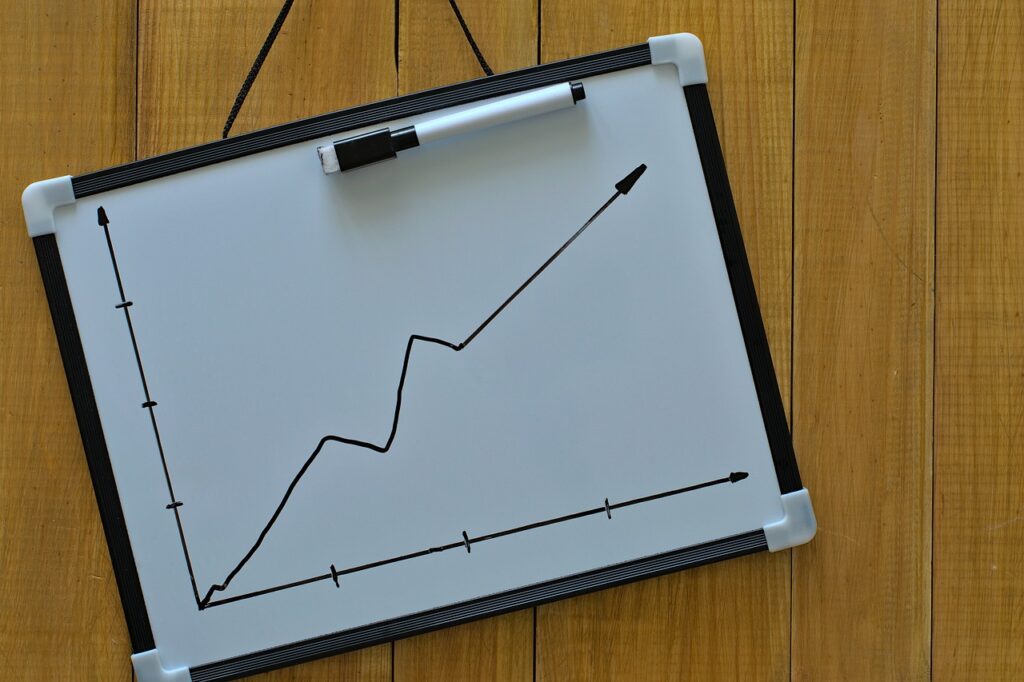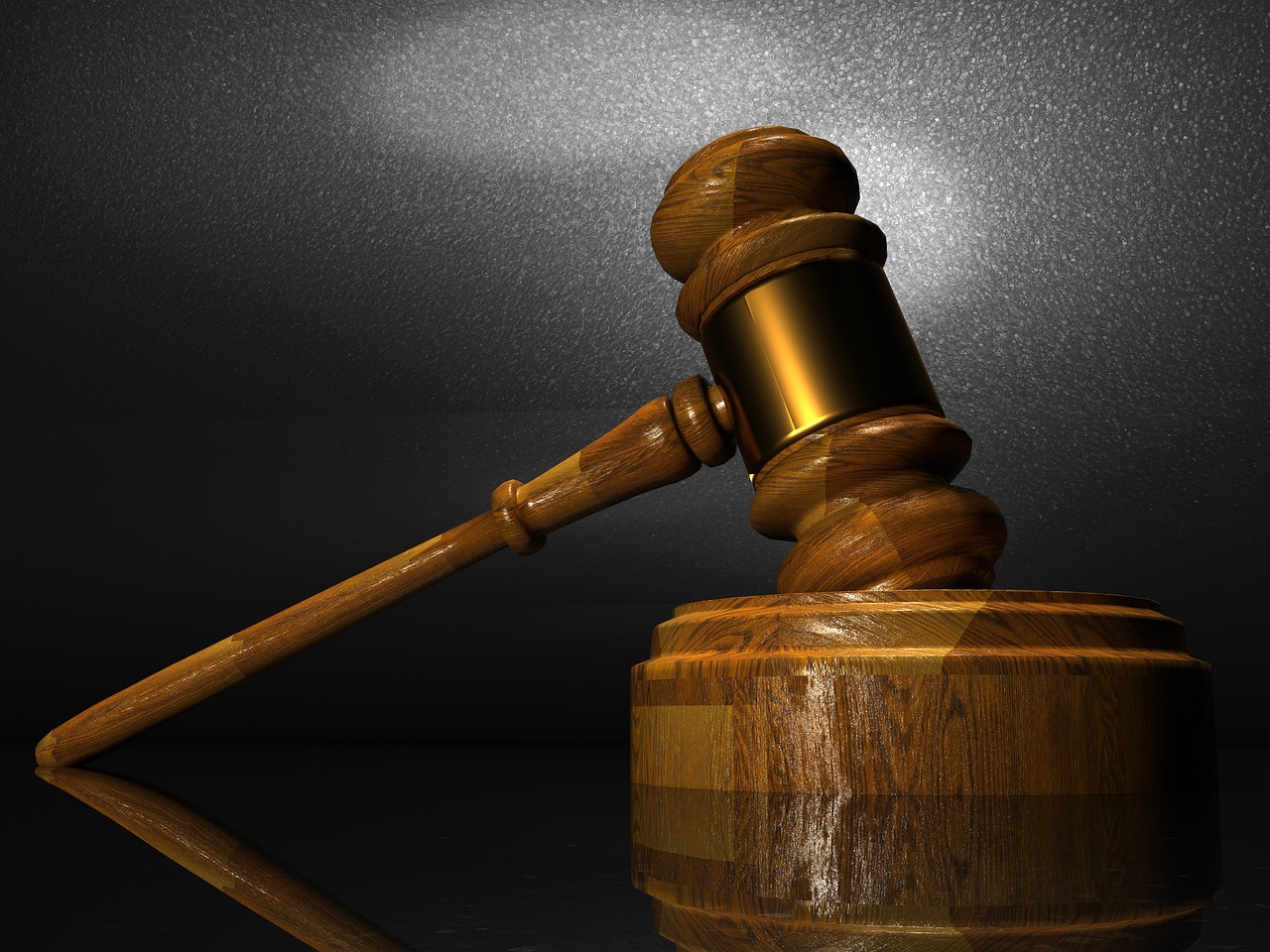The intersection of patent valuation and litigation represents a complex and intricate landscape within the realm of intellectual property. When patents are subjected to legal disputes, their value can fluctuate dramatically, and the processes for assessing their worth become even more critical. In this extensive article, we will delve into the multifaceted world of patent valuation in the context of litigation. From understanding the pivotal role of patents in legal disputes to the various valuation methods employed, we will explore this intricate topic in detail.
Understanding the Significance of Patents in Litigation
Patents are not just intellectual property; they are also legal assets with enforceable rights. In the context of litigation, patents take on a dual role. On one hand, they are the subject of dispute, where the plaintiff asserts their patent rights, and the defendant counters these claims. On the other hand, patents become weapons, with the defendant employing prior art and invalidity arguments to challenge the plaintiff’s claims.
The value of patents often hinges on their ability to grant market exclusivity, and this exclusivity can be a decisive factor in patent litigation. The patent holder uses their exclusive rights as a legal basis for their claims, asserting that the defendant’s actions infringe upon those rights. If the patent is upheld in court, it can result in injunctions against the defendant’s activities, substantial damages, or royalties for the patent holder.

In many patent disputes, litigation is a costly and time-consuming process. As a result, many cases are resolved through settlements or negotiations. The strength of a patent and its perceived value play a significant role in these discussions. A robust patent, backed by a convincing valuation, can provide the patent holder with leverage when negotiating terms, such as licensing agreements or financial settlements.
The Complex Landscape of Patent Valuation in Litigation
Challenges in Valuation
Valuing a patent in the context of litigation is fraught with challenges. Unlike traditional valuation, where the focus may be on assessing a patent’s potential for revenue generation, litigation-driven valuation necessitates a broader perspective. Factors such as the patent’s strength, enforceability, and the economic impact of infringement come to the forefront.
The Role of Expert Witnesses
In patent litigation, expert witnesses are often called upon to provide their opinions on the value of the patent in question. These experts rely on various methodologies and analysis to form their conclusions. Their testimony can significantly influence the outcome of the case, making the selection of a qualified expert a critical decision for both parties.
Valuation Methods in Patent Litigation
The Cost Approach
The cost approach, which calculates the cost to recreate the patented technology, is a rarely used method in patent valuation for litigation. However, it can be relevant in cases where the patented technology is the result of substantial research and development, making it challenging for the defendant to replicate the technology. In such instances, the cost approach can provide a baseline for calculating damages.
The Income Approach
The income approach is one of the most common methods used in patent valuation for litigation. It involves estimating the potential income that the patent could generate over its remaining life. The income approach considers factors such as expected revenue, licensing opportunities, and the market demand for the patented technology. This approach provides a valuation that aligns with the economic impact of the patent.
The Market Approach
The market approach relies on comparing the patent in question to similar patents that have been sold, licensed, or litigated in the marketplace. This method is particularly relevant when assessing the value of a patent through the lens of the market, considering the supply and demand for similar technologies and the terms of transactions in the relevant field.
The Excess Profits Method
The excess profits method assesses the additional income generated by the patented technology compared to a non-patented alternative. This approach considers factors such as the pricing premium the patent holder can charge due to exclusivity. It can be relevant in cases where the patent grants significant market power.
Assessing the Strength and Enforceability of Patents
In patent litigation, a pivotal focus centers on the nuanced construction and interpretation of patent claims. Courts meticulously analyze the language embedded in these claims, seeking to define the patent’s expansive scope or confining boundaries. A broad interpretation can elevate the patent’s intrinsic value, offering a robust foundation for enforceability. Conversely, a narrower construal may impose limitations, impacting the patent’s reach and enforceability.
The journey through patent litigation introduces another layer of complexity—challenges to a patent’s novelty. This turbulence arises through the presentation of prior art, creating ripples that reverberate through the patent’s perceived value. Successfully demonstrating that the patented technology lacked novelty during the initial application stage can not only undermine its enforceability but also cast shadows on its overall worth.

Within the intricate dance of legal arguments, defendants often wield the potent weapon of validity challenges in patent litigation. This multifaceted defense involves presenting evidence of prior art, arguing the invalidity of patent claims, or asserting procedural lapses during the application process. A triumph in the realm of validity challenges can deal a significant blow, diminishing the patent’s perceived value and eroding the foundation of the plaintiff’s legal claims. The interplay of these elements shapes the narrative of patent valuation within the dynamic context of litigation.
Calculating Damages in Patent Litigation
Reasonable royalty damages, a prevalent compensation form in patent litigation, come into play when infringement is established. The court, in such instances, may grant the patent holder a reasonable royalty. This monetary award is often computed based on hypothetical negotiations between the parties during the infringement period. The underlying goal is to restore the patent holder to the financial position they would have occupied had a licensing agreement been forged.
Lost profits damages, another dimension of compensation, enter the scene when the patent holder can convincingly demonstrate that, sans the infringement, they would have garnered additional sales and profits. This approach necessitates substantiating both the demand for the patented product and the detrimental impact of the defendant on the market.
Delving into the realm of remedies, injunctions and equitable relief emerge as potent tools. Courts, in certain instances, may wield the authority to issue injunctions, restraining the defendant from further patent infringement. This legal action can exert a profound influence on the defendant’s market operations. Injunctions become a sought-after remedy when the patent holder successfully argues that monetary damages alone are inadequate to redress the harm wrought by the infringement. The interplay of these compensation and remedy mechanisms forms the intricate tapestry of patent litigation, shaping the outcomes and consequences for all involved parties.
Key Factors Influencing Patent Valuation in Litigation
The competitive landscape assumes a pivotal role in the realm of patent valuation within litigation. A crucial determinant emerges when the patent holder successfully showcases that the patented technology confers a competitive advantage. This demonstration not only enhances the patent’s intrinsic value but also amplifies the potential for damages awarded in the legal proceedings.
Market dynamics come to the forefront, with the demand for the patented technology and its rate of adoption standing as critical considerations in the valuation process. A technology characterized by high demand and swift adoption is inherently positioned to command a higher value when navigating the complexities of litigation.
Further contributing to the intricate calculus of patent valuation are the dimensions of market size and growth potential. A patent safeguarding a technology in a sizable and rapidly expanding market inherently carries greater value than one tethered to limited market potential.
The financial robustness of the defendant and the impact of infringement on their resources become integral factors influencing the damages awarded. Notably, if the defendant has reaped substantial profits from the infringement, it can lead to a commensurate increase in the damages awarded.
In this multifaceted landscape, the calculus extends to encompass the nuanced interplay of litigation costs and risks. Patent holders, grappling with the determination of their patent’s value in litigation, must judiciously balance potential damages against the inherent expenses and uncertainties entailed in legal action. The holistic consideration of these factors paints a comprehensive picture of the intricate dynamics governing patent valuation within the expansive domain of litigation.
The Role of Expert Testimony in Patent Valuation
In patent litigation, expert witnesses are instrumental in presenting and defending valuation arguments. These experts, often economists, financial analysts, or patent professionals, employ various methodologies to assess a patent’s value. Their testimony can significantly influence the court’s decisions, making the selection of a qualified expert a critical consideration for both parties.
Expert Methodologies and Analysis
Expert witnesses are entrusted with the critical task of assessing the value of the patents under scrutiny. To accomplish this, they draw upon a repertoire of valuation methodologies, with the three primary approaches being the cost approach, the income approach, and the market approach. The choice of which method or combination of methods to employ is contingent upon the specific nuances and circumstances of the case at hand. The cost approach seeks to determine the value of a patent by calculating the cost required to recreate the patented technology, considering factors such as research and development expenditures. The income approach, on the other hand, focuses on estimating the potential revenue generated by the patent, taking into account factors like expected licensing opportunities and market demand. Lastly, the market approach involves comparing the patent in question to similar patents that have been sold, licensed, or litigated in the market. Expert witnesses must carefully select and justify the methodology they employ, ensuring that it aligns seamlessly with the complexities of the case and the valuation goals they aim to achieve.
Qualifications and Experience
Where the value of a patent can have far-reaching implications, the qualifications and experience of expert witnesses carry immense weight. To establish their credibility in a court of law, these professionals must possess a profound understanding of patent law, economic principles, and the specific technology that forms the crux of the case. A qualified expert witness is not merely someone with a surface-level comprehension of these matters; they are individuals who have delved deep into the intricacies of patent law, having a command of the legal landscape that governs intellectual property. Moreover, their grasp of economic principles is fundamental as they are tasked with assessing the financial impact and value of the patent in question. Furthermore, an expert’s familiarity with the technology under scrutiny is indispensable. They should be well-versed in the technicalities of the patent, able to comprehend its intricacies, and effectively communicate the technical aspects to a non-technical audience. This in-depth understanding, derived from qualifications and experience, serves as the bedrock upon which their testimony and valuation assessments rest.
Presenting and Defending Valuation Arguments
The role of expert witnesses in patent litigation extends beyond the meticulous process of valuation; they are essential communicators and advocates. When they take the stand, expert witnesses play a crucial role in presenting and defending the valuation arguments they have meticulously formulated. This entails more than merely presenting numbers and figures; it involves the art of clear and persuasive communication. Expert witnesses must convey their methodologies, findings, and opinions with lucidity, ensuring that both the judge and jury can readily grasp the complexities of the valuation process. Their ability to make the intricate world of patent valuation accessible to non-experts is an essential skill. Moreover, they must be prepared to defend their valuation arguments under scrutiny. This may involve withstanding rigorous cross-examination from opposing counsel, a process that can be as demanding as it is pivotal in determining the validity and strength of their assessments. As both educators and advocates, expert witnesses are pivotal figures in the courtroom, guiding the legal proceedings toward a well-informed and equitable conclusion.
Settlements and Licensing Agreements in Patent Litigation
While many patent disputes go to trial, a significant number are resolved through settlements or licensing agreements. The strength of the patent and its perceived value play a pivotal role in these negotiations. Patent holders often seek to leverage their patents to secure licensing agreements, which can provide them with ongoing royalties and avoid the costs and uncertainties of litigation.
Negotiating Terms
In settlement or licensing negotiations, the terms can vary widely. The patent holder may seek monetary compensation, ongoing royalties, cross-licensing agreements, or other arrangements that align with their goals and the perceived value of their patent.
Commercialization Opportunities
Licensing agreements can also open doors to new commercialization opportunities. The licensee may bring the patented technology to market, leading to further revenue generation for the patent holder.

Conclusion: The Complex World of Patent Valuation in Litigation
The world of patent valuation in litigation is a multifaceted landscape that requires a deep understanding of both the legal and economic aspects of intellectual property. Patents, which hold the potential for significant economic impact and exclusivity in the market, become central players in the context of litigation. The valuation methods employed, the strength and enforceability of patents, the calculation of damages, and the role of expert testimony all contribute to the intricate dance of patent litigation.
From reasonable royalty damages to injunctions and equitable relief, the outcomes of patent litigation can have a profound impact on both the patent holder and the defendant. The complexities of the competitive landscape, market dynamics, and the resources of the parties involved further shape the valuation of patents in litigation.
In conclusion, the valuation of patents in the context of litigation is a dynamic and ever-evolving field. The value of a patent is not fixed but is influenced by a multitude of factors and strategies. Whether patents are wielded as weapons or shields, their worth remains a pivotal consideration in the complex world of intellectual property litigation.

